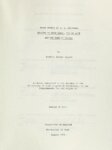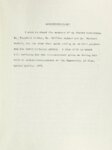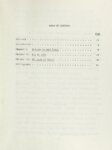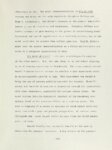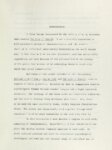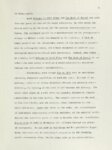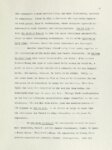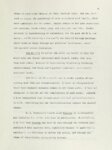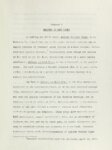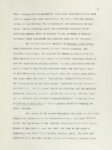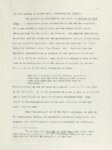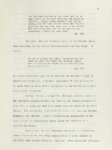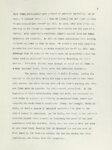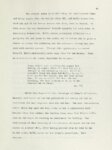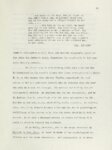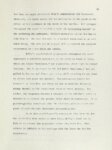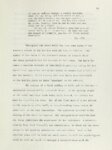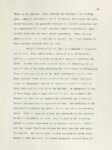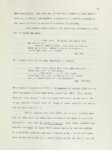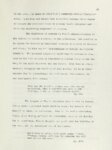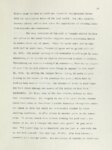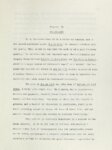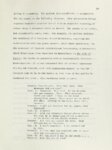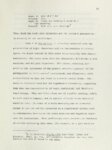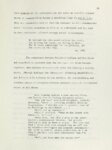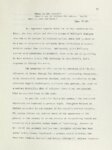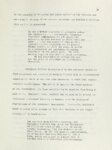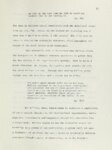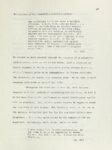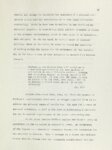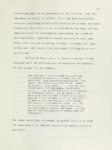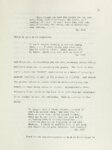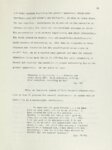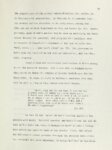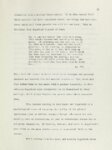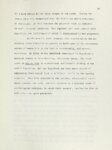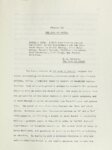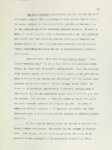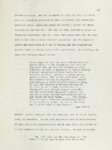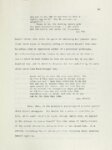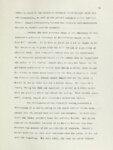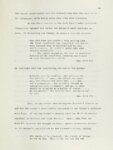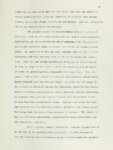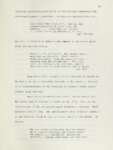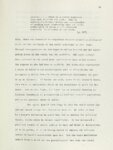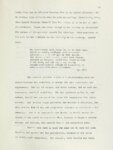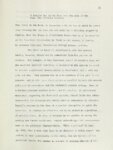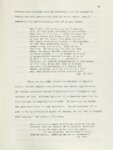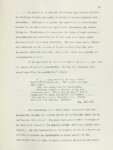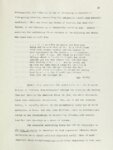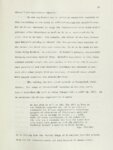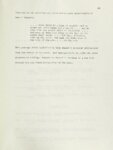| Description |
E. L. Doctorow first achieved success as a novelist with the publication of Welcome to Hard Times, a western which explores popular conceptions of the "Old West. It A major point of interest in the work is a confrontation between Blue the protagonist's personal perception of the world, and the pragmatic realities which are imposed upon him. Appropriately, the work's emphasis is upon characterization and the psychological ramifications of such a clash. This major character struggles to stabilize his personal idealism in a world dominated by darwinistic laws of survival. This theme is echoed in part in Doctorow's second novel, Big As Life. Again the emphasis is upon characterization and the psychological dilemma of characters attempting to reconcile their personal visions of life with a dominant force of social motivation. In the previous work this force had been the destructive power of the "Bad Man from Bodie" which in Big As Life becomes the materialization of giant creatures near New York City. Through a structure of alternately dramatizing the contrasting responses of two sets of characters to these creatures' appearance, Doctorow examines how human beings adapt their personal aspirations to a fluctuating society. The result in this work is. that the characters do adapt to their environment and survive, just as in Welcome to Hard Times the major characters do not. The major characterizations in Big As Life include Red Bloom and his wife Sugarbush, Creighton Wallace and Hugh D. Rockelmayer. Red Bloom's response to the giants' materialization is one of adaptation and acceptance. Creighton Wallace initially attempts to give meaning to the giants by rationalizing their historical and social significance in a scholarly fashion, but as the novel concludes, he accepts them without question. Hugh D. Rockelmayer sees the giants' materialization as a divine manifestation and turns to a religious appreciation of them. The Book of Daniel is the most psychologically complex of the three novels. Yet, the same theme of an individual adapting to an alienating experience is dramatized. The st o r y centers around Daniel Isaacson Lewin's attempt to redefine a past experience which is psychologically painful to him. This experience was Daniel's being the son of parents publicly executed for treason. Daniel's social and familial alienation is dramatized through his interaction with other characters, especially his younger sister Susan. The novel borrows from the historical incident of the Rosenburg conspiracy trial of the nineteen fifties as a starting point. The work is composed of a series of episodes in which Daniel tells his story from both a past and present perspective. At various times throughout the novel Daniel shifts between first and third person points of view • . Daniel finally does reconcile himself to the past by theorizing his parents' innocence. A key witness at his parents' vii trial cannot refute Daniel's hypothesis. Consequently, Daniel is left free to create a new explanation for his parents' death. This new perception is emphasized in three alternative endings in the final chapter. |


